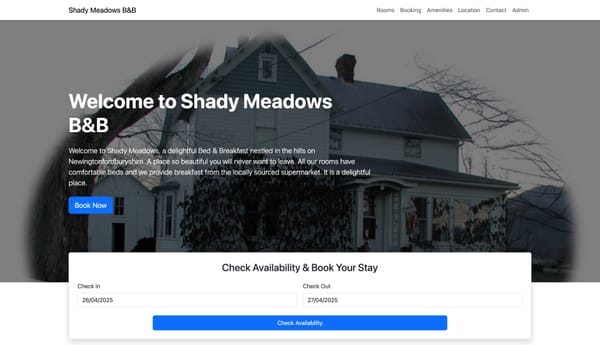Postman cheat sheet - Quick guide to automating APIs
A quick list of useful functions to use in Postman tests

Postman cheat sheet is something I have wanted to put together for a while as a response to helping attendees of my Testing API and Web services training. The cheat contains a high-level collection of the features available in Postman to help you to automate APIs and Web services. Unless stated otherwise the methods below are used in the Scripts tab and some can be found on the right-hand section of the tab labelled snippets.
I've organised the Postman cheat sheet based on problems users of Postman are trying to solve based on observations from previous training sessions and questions from Postman slack community. However, if there is something else you want to see added to the Postman cheat sheet, get in touch with me via Twitter @2bittester.
For more detailed information on each feature, check out https://learning.postman.com/docs/introduction/overview/
Using variables
Note: Variables are shared as strings across Postman. This means you need to ensure that whatever you want to store has to be converted to a string before storing. Failing to convert can result in behaviour such as stored parsed response bodies return as [Object object] instead of the original body. You can learn more about sharing response bodies here.
Setting
Global
pm.globals.set("myVariable", "localhost");
Overrides variables of lower scope with the same name
Environmental
pm.environment.set("myVariable", "localhost");
Collection
pm.collectionVariables.set("myVariable", "localhost");
Reading variables in request builder
{{myVariable}}
For example with the variable "myVariable" set to "localhost", using http://{{myVariable}}:8080/ping will create a string of http://localhost:8080
Reading variables in test tab
Global
let variableToUse = pm.globals.get("myVariable");
Assigns stored variable "myVariable" to the variableToUse for future use.
Environmental
let variableToUse = pm.environment.get("myVariable");
Assigns stored variable "myVariable" to the variableToUse for future use.
Collection
let variableToUse = pm.collectionVariables.get("myVariable");
Assigns stored variable "myVariable" to the variableToUse for future use.
Clearing
pm.globals.unset("myVariable");
pm.environment.unset("myVariable");
pm.collectionVariables.unset("myVariable");
Reference: https://learning.postman.com/docs/sending-requests/variables/environment-variables
Status codes
Assert status code matches expected status code
pm.test("Status code is 200", function () {
pm.response.to.have.status(200);
});
Assert status code name
pm.test("Status code is 200", function () {
pm.response.to.have.status("OK");
});
Headers
Assert header is present
pm.test("Content-Type is present", function () {
pm.response.to.have.header("Content-Type");
});
Assert header value
pm.test("Content-Type is present", function () {
pm.response.to.have.header("Content-Type", "application/json");
});
Response Bodies
Assert JSON object contains a value
var jsonData = pm.response.json();
pm.expect(jsonData.value).to.eql(100);
Assert XML object contains a value
var jsonObject = xml2Json(responseBody);
pm.expect(jsonObject.value).to.eql(100);
Assert HTML page contains a value
const $ = cheerio.load(pm.response.text());
pm.response.text();
pm.expect($('.w3col > ol > li:nth-child(1)').text()).to.equal('First item');
This uses CSS Selectors to extract required content. You can discover more on css selectors at w3schools.
Custom logging
console.log('Event I am interested in');
Conditional workflows
Set next request to run
pm.sendRequest(“Request Name”);
Exit current run
pm.sendRequest(“null”);
Based on information from the following Postman blog post



